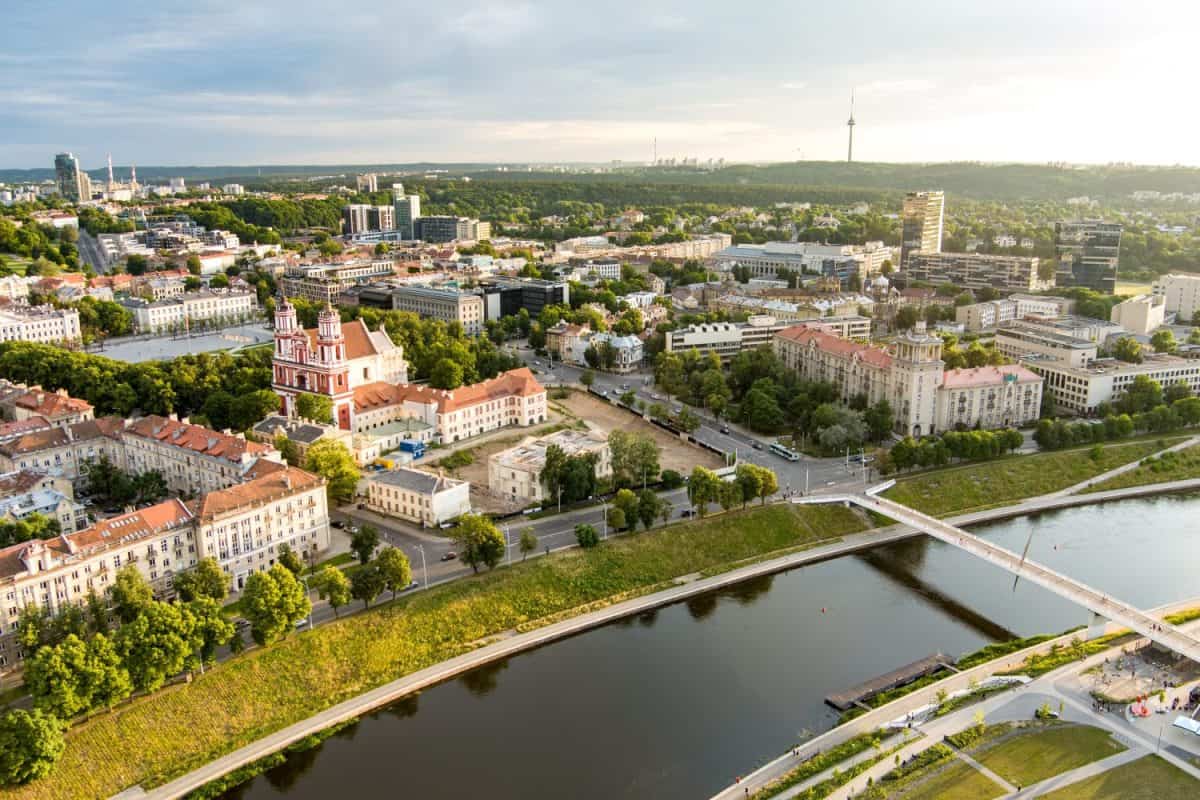Even as the world population approaches its next major milestone of 9 billion people in the next decade, countries’ populations can vary. While some have seen explosive population growth, others have seen their populations shrink. According to data from Worldometers, some countries’ populations are shrinking much faster than others.
Using data from the United Nations Population Division, Worldometer estimates that between July 2023 and July 2024, the countries on this list have shrunk the most. While Ukraine is no surprise on this list given its population fleeing the ongoing war with Russia, there are a few other surprises.
15. Portugal

- Population: 10,247,605
- Yearly change: -0.23%
- Net change: -23,260
Portugal’s population has steadily declined for decades, with no signs of a reverse. With 22% of the country’s population 65 and over, younger adults are not having children fast enough to replace this decline. Additionally, Portugal suffers from one of the lowest birth rates in Europe.
14. Lithuania

- Population: 2,718,352
- Yearly change: -1.15%
- Net change: -31,703
Emigration is a major concern in Lithuania, especially given the crisis in the region with Ukraine and Russia. There have been signs indicating Lithuania’s trend of population decline is reversing. However, there is still a concern over “brain drain,” where residents leave the country for better job opportunities elsewhere.
13. South Korea

- Population: 51,784,059
- Yearly change: -0.06%
- Net change: -31,751
With the world’s lowest fertility rate, at around 0.78 births per woman, South Korea’s population isn’t growing fast enough to offset the older population’s deaths. In addition, South Korea’s idea of traditional family values has changed to individual mindsets, which means careers over children.
12. Belarus

- Population: 9,498,238
- Yearly change: -0.39%
- Net change: -36,716
In Belarus, government policies are being questioned because they have affected overall population growth. Internal restrictions on resident movement make it difficult to find better-paying jobs, discouraging some of the Belarusian population from having children.
11. Spain

- Population: 47,519,628
- Yearly change: -0.08%
- Net change: –39,002
Spain has long had one of the lowest birth rates in Europe, so its appearance on this list is hardly surprising. The issue is more pronounced in rural regions of Spain, which suffers from more difficult economic conditions and has residents moving elsewhere to find better opportunities.
10. Greece

- Population: 10,341,277
- Yearly change: -0.42%
- Net change: -43,694
In an environment of uncertainty after Greece’s financial crisis, younger Greek residents have held off on raising families. Financial uncertainty, a poor job market, and the cost of raising children have resulted in a declining population as younger Greeks emigrate elsewhere in Europe.
9. Serbia

- Population: 7,149,077
- Yearly change: -1.00
- Net change: -72,288
Recent projections by the Serbian government indicate that its population is trending lower, leading to around 50,000 people leaving annually. As a result, the country has noted that its overall population could decline as much as 24% by 2050 if the rate of young adults leaving continues.
8. Germany

- Population: 83,294,633
- Yearly change: -0.09%
- Net change: -75,210
Germany is currently experiencing a fertility rate crisis affecting its population growth. At only 1.5 children per woman, Germany is below the rate of 2.1 needed for its population to grow without relying on immigration.
7. Bulgaria

- Population: 6,687,717
- Yearly change: -1.39%
- Net change: -94,236
Bulgaria has seen a strong population drop over the last two decades due to a low birth rate and people leaving to find a better standard of living. Bulgaria’s 2021 census indicated that 11.5% of the population declined from a decade ago, the steepest decline in Bulgaria’s history.
6. Lebanon

- Population: 5,353,930
- Yearly change: -2.47%
- Net change: -135,809
Unfortunately, declining birth rates in Lebanon result from the country’s lengthy economic crisis. This, along with a struggling healthcare system, indicates that at least half of Lebanese residents over 15 plan to leave the country at some point.
5. Italy

- Population: 58,870,762
- Yearly change: -0.28%
- Net change: -166,712
Like many countries, Italy’s inclusion on this list is based on lower birth rates. Italy also suffers from having at least 23% of its population 65 and over, which means the death rate is currently higher than the birth rate.
4. China

- Population: 1,425,671,352
- Yearly change: -0.02%
- Net change: -215,895
While the Chinese population remains high, its birth rate has declined for many years due to its one-child policy. In addition to its older population, this has led to a shrinking population in China, albeit a relative decline in its overall population size.
3. Russia

- Population: 144,444,359
- Yearly change: -0.19%
- Net change: -268,955
As is the case with Ukraine, there has been an exodus of people fleeing Russia as a result of the Ukraine war. In addition, the instability of the Russian economy has also forced younger Russians with more education to leave the country.
2. Japan

- Population: 123,294,513
- Yearly change: -0.53%
- Net change: -657,179
Driven by low birth rates and an aging population, Japan’s population has shrunk considerably over the last 12 months. Almost 30% of Japan’s population is 65 and over, which results in higher death rates.
1. Ukraine

- Population: 36,744,634
- Yearly change: -7.45%
- Net change: -2,957,105
The ongoing conflict with Russia is no doubt the reason for Ukraine’s shrinking population. Millions of Ukrainians fled to neighboring countries like Poland, Germany, and Romania and continue to migrate elsewhere as the war continues.
The image featured at the top of this post is ©Sinti Lu/Shutterstock.com.
